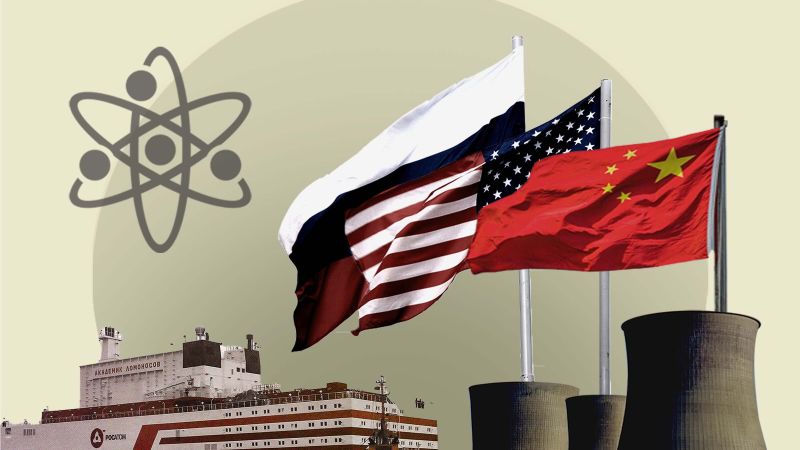Off the Siberian coast, not far from Alaska, a Russian ship has been docked at port for four years. The Akademik Lomonosov, the world’s first floating nuclear power plant, sends energy to around 200,000 people on land using next-wave nuclear technology: small modular reactors.
This technology is also being used below sea level. Dozens of US submarines lurking in the depths of the world’s oceans are propelled by SMRs, as the compact reactors are known.
SMRs — which are smaller and less costly to build than traditional, large-scale reactors — are fast becoming the next great hope for a nuclear renaissance as the world scrambles to cut fossil fuels. And the US, Russia and China are battling for dominance to build and sell them.



Yeah I’m with you. I have a senior license at a US nuclear plant just for some background as I don’t know yours. What I’m saying is that I can see value of multiple, say 300MW SMRs at a single site, that can go from 0-100% very quickly compared to current 900-1100MW reactors. So the idea would be you could have a plant in Mode 3 Hot Standby ready to raise power for peak loading. Ideally you’d have at least one reactor online at all times that provides its own in house loads and the standby in house loads that would be quite low. That is the value I see.
The issue at that point would be refueling and maintenance outages. It seems ideal that the design would need to support online refueling and enough loops/system availability to do the majority of plant maintenance online. In addition, the regulatory landscape has a lot of momentum to allowing plants to move to risk informed tech specs which allow for major equipment outages in modes of applicability. If the industry as a whole can agree on a handful of SMR designs with multiple capacity options, it really could be a stop gap to hopefully fingers crossed fusion power in, I don’t know, 50-100 years from now? My two cents.